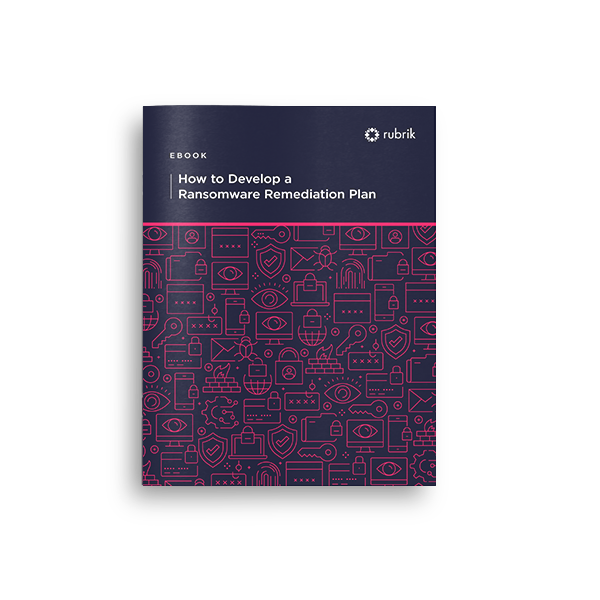Cyber Resiliency in a Nutshell
No organization is immune to cyber attacks
Lengthy time to restore = #1 pain
A strong contingency plan is essential for organizations’ cyber resiliency
Built-in immutability safeguards backups from corruption
Are You Prepared for a
Ransomware Attack?
Ransomware is growing fast. It’s a big business whose attacks are getting more sophisticated, frequent, and complex to detect and recover from. Cyber attacks have costly implications for businesses of all sizes. The extensive damage organizations face upon falling victim to a data breach can cause significant operational downtime, costly mitigation and recovery, sensitive data loss, reputational damage, and legal consequences. Security requires immutability and with this growing threat, the ability to quickly recover and maintain business continuity becomes critical to surviving cyber attacks and minimizing data loss.
- How much downtime can your business withstand?
- Is your backup data immutable and instantly accessible?
- Do you test and evolve your backup and recovery procedures?
- What's your ransomware recovery strategy?
Recovering Quickly From Cyber Attacks Shouldn’t Be So Hard
The biggest pain for most ransomware victims is recovery. Often, organizations rely on complex, multi-step restores that are error-prone and inefficient. Even more, advanced ransomware is deleting or modifying backups, making the need for backups immune from corruption more important than ever.
It should be easy to identify and restore to the most recent clean version of your data in minutes--whether you need to do a full or partial system restore. An organization’s best recourse is to prepare for a cyber attack with a solution that alerts on threats, provides visibility into the scope of the damage, and enables instant recovery from immutable backups.

6 Steps to Achieve Cyber Resiliency
-
Identify Vulnerabilities: Evaluate your organization’s existing infrastructure by determining its existing vulnerabilities, where the data is stored, and the accessibility of its data.
-
Determine Business Objectives: Define your recovery time objectives (RTO) and determine your recovery point objectives (RPO).
-
Create a Plan: Have a backup and recovery plan with specific response actions and responsibilities assigned to team members.
-
Evaluate Solutions: Acquire tools to protect your organization such as Cloud Data Management platforms to reduce costs and save valuable time.
-
Assess Recovery Options: Consider critical features of a ransomware remediation plan that maintains business continuity, such as granular file-level recovery, instant data access, and native immutability.
-
Test: Regularly test data recovery processes to be prepared for an actual incident.
We were hit with a ransomware attack in June that infiltrated our environment and began encrypting data, rendering it unusable. Rubrik helped us quickly recover 100% of the systems it was protecting. After the incident, we were so impressed that we moved more of our legacy systems to Rubrik and are fully confident that Rubrik’s immutable backups will protect us from future incidents.
Download ebook
Best Practices for Rapid Ransomware Recovery
In the event that ransomware evades your prevention measures, minimize your risk by choosing a backup solution with built-in immutability, granular impact assessment, and rapid recovery.
Download the ransomware remediation guide to dive deeper into a comprehensive backup and recovery solution and learn how to build an effective ransomware remediation plan to ensure you can quickly respond to a cyber attack without paying any ransom.

